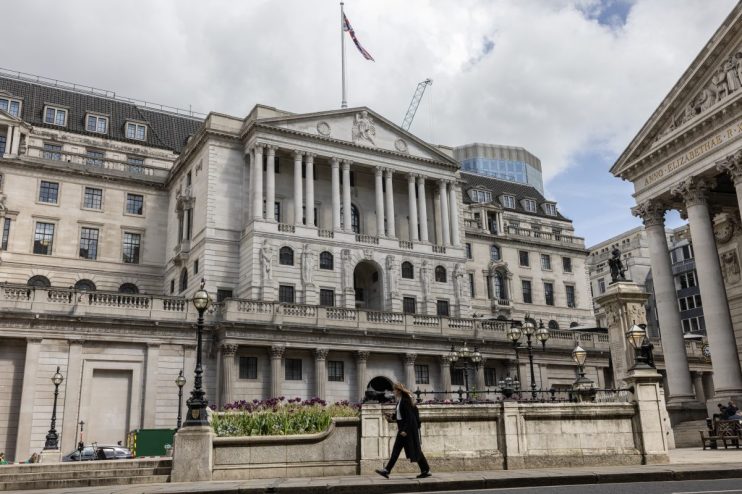Bank of England’s bond sales a ‘leap into the dark’, warn MPs – with £130bn of taxpayers’ cash in play

The Bank of England’s quantitative tightening (QT) programme is a “leap in the dark” which has not yet been adequately stress-tested, MPs have warned.
In a report published today, the influential Treasury Committee argued that QT – in which the Bank sells government debt back into the market – was a “major monetary operation” on which experts were still divided – with some warning of a coming cost to the taxpayer.
Harriett Baldwin, chair of the Committee, described the decision to undertake a period of quantitative tightening as “a leap in the dark”.
“I recognise that the Bank of England does not have a crystal ball,” she said. “But more can be done to develop forecasting and modelling tools which can help us understand the risks and benefits of QT.”
While the report noted that there had been limited impact on financial stability from QT, the Committee did draw attention to the costs.
With the Treasury likely to foot a bill of over £100bn for QT, the MPs said it was “highly anomalous that decisions have been and are being taken concerning huge sums of public money without any regard to the usual value-for-money requirements”.
The Committee suggested that the Bank and the Treasury explore how value-for-money could be included in future decisions around the pace and timing of QT.
Following the financial crisis, the Bank started hoovering up government bonds on the secondary market in an attempt to stimulate the economy.
By 2021, the Bank’s stock of gilt purchases stood at £875bn.
To buy the bonds, the Bank created new commercial bank deposits on which it had to pay interest.
When interest rates were low, the yield the Bank received from government bonds exceeded the interest it had to pay on new commercial bank deposits.
However, as interest rates have risen, the costs of the programme now comfortably exceed the return from gilt yields.
Annual losses in 2023 and 2024 will amount to around £40bn, the report noted. Subsequent losses will mean the Treasury faces a total bill of between £50bn and £130bn. The substantial difference reflects the uncertainty over the future path of interest rates.
“With more public money at stake than was ever envisaged when QE was launched, the Bank and Treasury should take our advice and explore whether the usual value for money considerations can be factored in when deciding the pace and level of QT they implement,” Baldwin said.
The Committee also questioned whether the indemnity payments should be included in the government’s fiscal rules, which require the government to get debt falling.
“The current losses thereby have worrying implications for public spending, taxation and borrowing, and for the operational independence of monetary policy,” it said.
A Bank of England spokesperson said: “We welcome the Committee’s report and will consider its findings carefully before responding. We continue to encourage active debate about our monetary policy decisions and their implementation.”